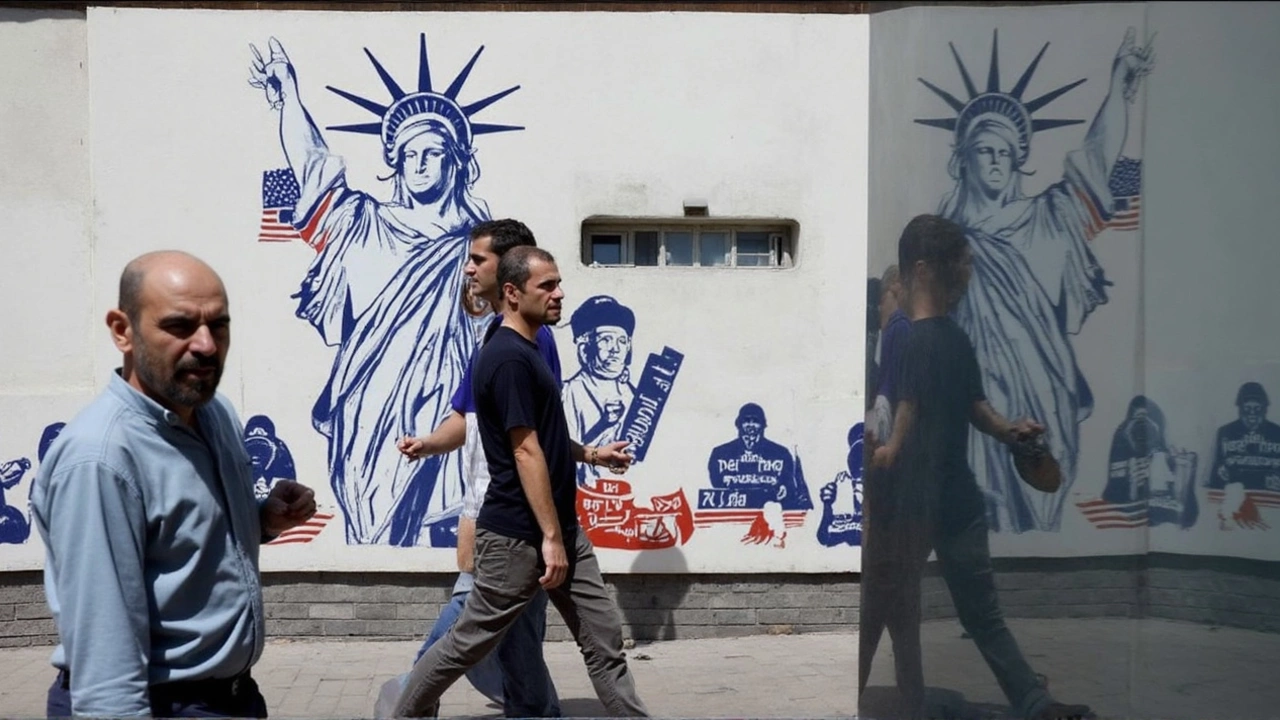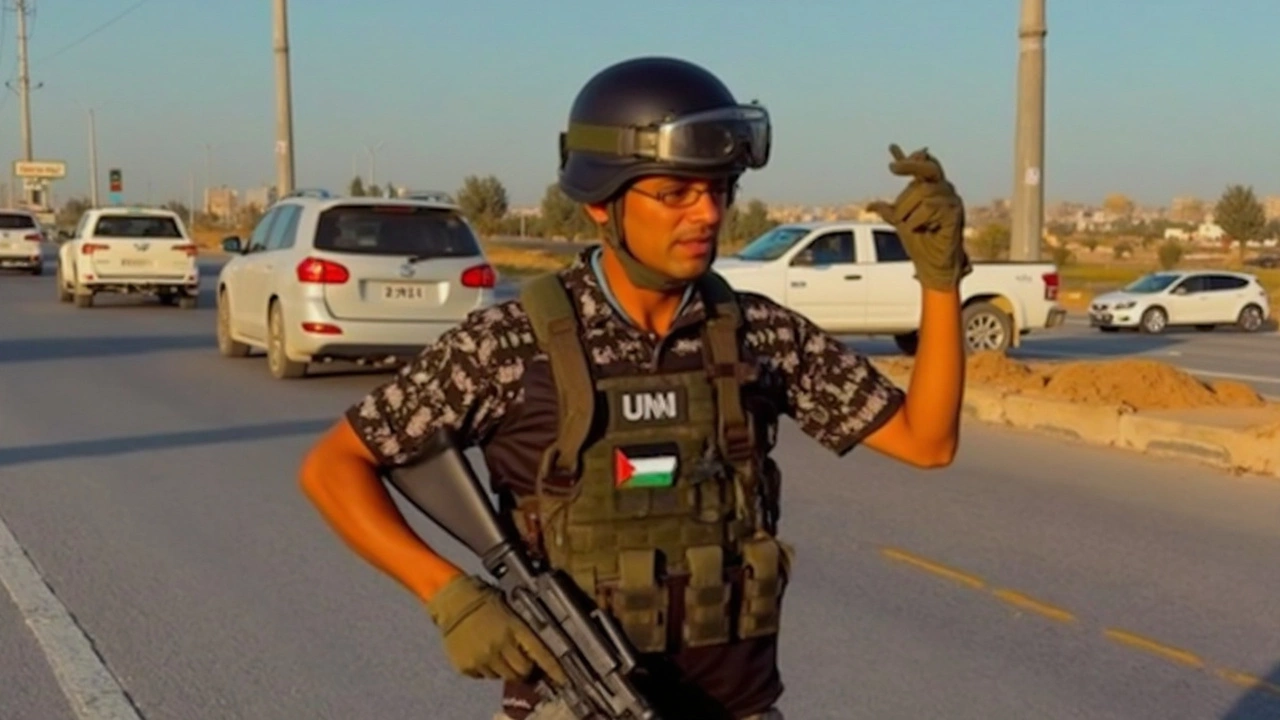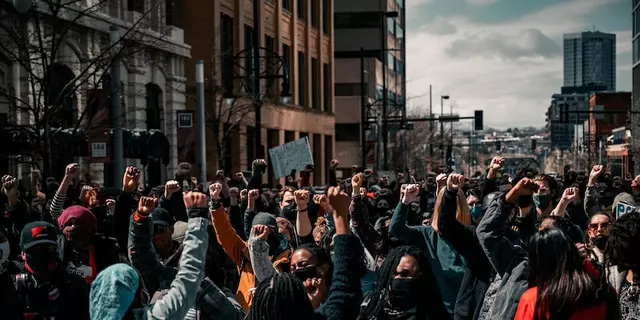Israel Arms the Popular Forces: Inside the Gaza Proxy Militia Stirring Controversy
The Rise of the Popular Forces in Gaza
In the middle of Gaza’s ongoing turmoil, a new name has been making waves: the Popular Forces. Led by Yasser Abu Shabab, this group has become a lightning rod for controversy far beyond Gaza’s battered streets. What sets them apart isn’t just their reputation for criminal activity or their occasional jihadist rhetoric—it’s the explicit support and arming they’re receiving from Israel.
According to multiple defense insiders, Israel has transferred Kalashnikov rifles seized from Hamas into the hands of Abu Shabab’s men. The Popular Forces now patrol critical areas in southern Gaza, especially near the tightly controlled Kerem Shalom border crossing, where aid trucks and humanitarian operations make easy targets. Israel’s move is almost unheard of: propping up an armed, non-state actor in a territory it has long sought to control, all to blunt Hamas’s influence and fragment Palestinian opposition.
This strategy has started to spill into public view. Residents in Israeli-controlled zones of Gaza say aid deliveries have become a nightmare. There are mounting reports of Popular Forces members hijacking food convoys, grabbing goods for their own profit or powerbase. Aid workers and civilians alike describe a climate of fear, with shootings near distribution points. In a particularly disturbing turn, Abu Shabab is now reportedly in charge of distributing relief at several Gaza Humanitarian Foundation sites—putting a man accused of armed theft in charge of life-or-death supplies.

Political Outrage and Accusations of Chaos Engineering
Inside Israel, the decision to arm the Popular Forces has turned into political dynamite. Former Defense Minister Avigdor Liberman didn’t mince words, comparing Prime Minister Benjamin Netanyahu’s approach to supplying ISIS-sanctioned gangs. Liberman alleges that Netanyahu bypassed normal cabinet approval for the operation, stirring doubts about transparency and oversight. Even Ronen Bar, the usually discreet head of Israel’s internal security agency Shin Bet, is said to be in the loop—raising more eyebrows about how deep the plan runs.
Critics argue that the real goal isn’t stopping Hamas, but sowing more chaos in Gaza, making the territory impossible to govern and easier to justify Israeli military control. This isn’t a new playbook, either. Veterans of the region remember when Israel once fueled Hamas’s rise decades ago to outflank secular Palestinian groups, a gamble that eventually backfired. Now, with Gaza’s social fabric already shredded by war, backing another volatile militia risks plunging the enclave into deeper violence and making ordinary Palestinians even more dependent on whichever militia controls aid and weapons.
For those watching from the outside, the situation feels like a powder keg. The combination of outside arms, opportunistic gang leaders, and desperate civilians is driving up tension in places where violence and disorder are already day-to-day realities. The lines between criminality, militancy, and state strategy are more blurred than ever, leaving Gaza’s future as uncertain as it’s ever been.





